Whether partaking in a well-designed getaway or staycationing on your modern patio for the summer, we compiled the best new design books for your literary lounging. Check out our five favorites!
WORDS: CORY PHARE AND JACLYN BAUER
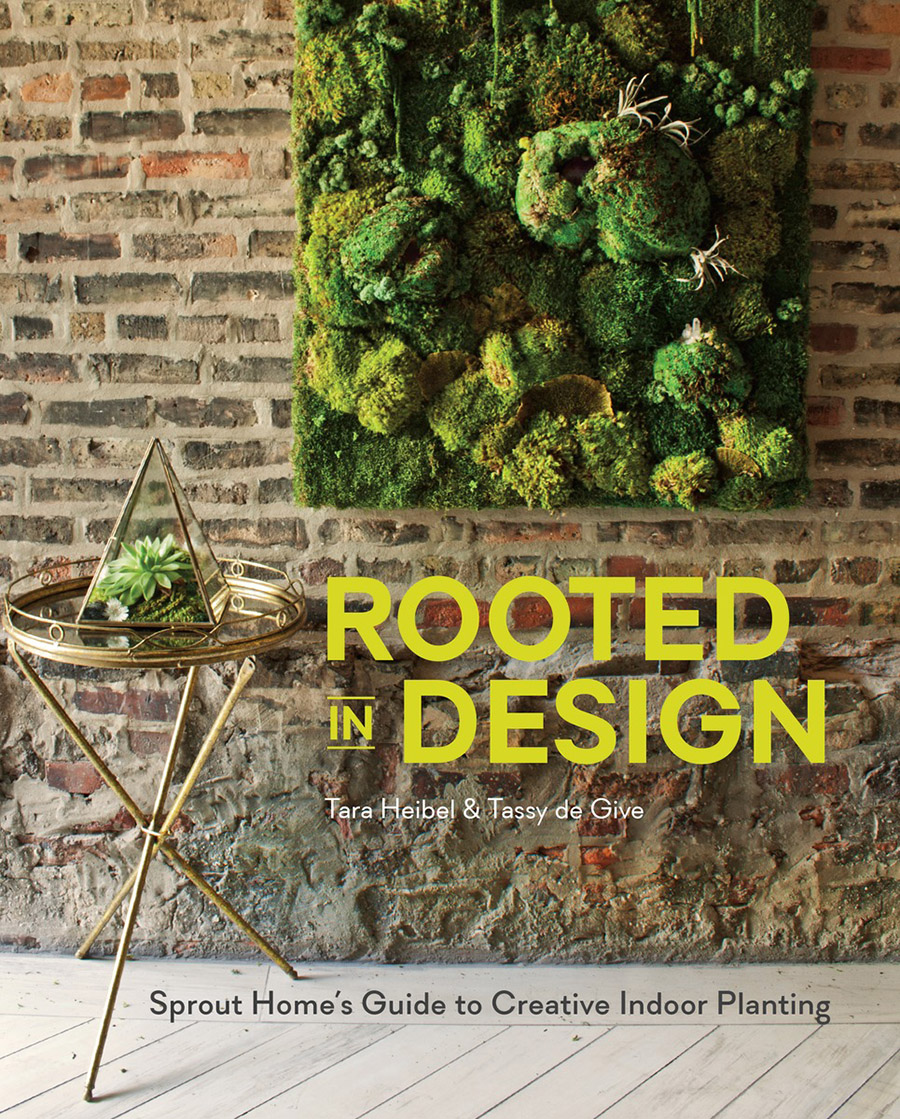
ROOTED IN DESIGN: SPROUT HOME’S GUIDE TO CREATIVE INDOOR PLANTING
Tara Heibel & Tassy de Give | Ten Speed Press
Planting isn’t just for outside—through tasteful selection and arrangement, indoor plants can make interior spaces quite literally come alive. More than just your basic botanic howto compendium, Rooted in Design gives equal time to both information and inspiration in this elegant and cleanly arranged book by the Brooklyn-, Chicago-, and web-based retailer, Sprout Home. Authors Tara Heibel and Tassy de Give offer advice on selecting plant variety, care, and integration, dividing chapters by room placement—“On the Wall,” “On the Ledge,” and even “In the Air” (tonight, and every other). What struck us, however, was the delightful design ideas; we now can build a faux moss wall and grab a quick bite with a carnivorous terrarium. That’s what we call some succulent floral arrangements.
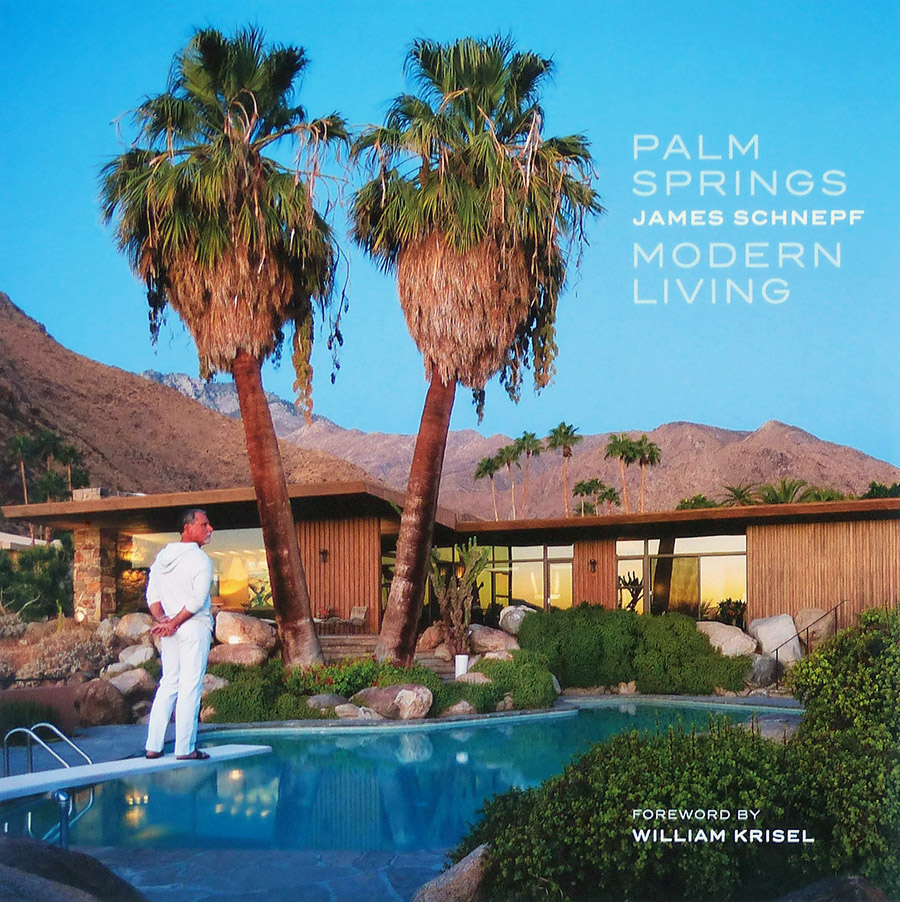
PALM SPRINGS MODERN LIVING
James Schnepf | Gibbs Smith
Featuring luminaries from Albert Frey to Donald Wexler and William Krisel (who provides an insightful foreword on mid-century modern architecture as “not a style but a language”), Palm Springs Modern Living is a movement’s treatise. Expansive, colorful, and at times abstract, Schnepf’s photography is less an homage than it is a subtle celebration of the understated vibrancy Palm Springs maintains to this day. The lifeblood of this vibrancy, he masterfully details, is as much in the archetypal architecture as it is in the residents’ stories—such as the endangered primate sanctuary animal trainer, or the Tony-award winning set designer, or any number of preservationists, designers, and Elvis fans who make up the one-of-a-kind community of aesthetes. The resulting work looks both forward and back, with Palm Springs Modern Living freezing the present—evidence that, as Krisel notes, “James Schnepf is a fluent speaker of MCM.”
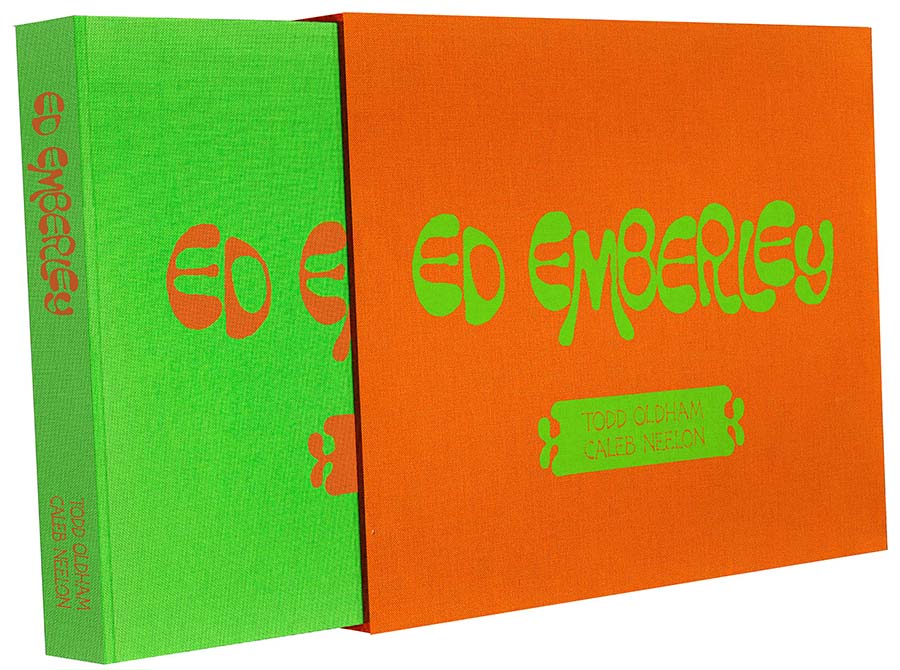
ED EMBERLEY
Todd Oldham and Caleb Neelon | Ammo
Many children dream of becoming artists. This dream, though, is often blotted out by a lack of natural proficiency that spurs a lack of adult encouragement leading the child to give up art and, in some cases, other dreams, as well. This is exactly what author Ed Emberley set out to remedy when he wrote and illustrated one of his most famous children’s books: Ed Emberley’s Big Green Drawing Book. “Not everyone needs to be an artist,” Emberley wrote, “but everyone needs to feel good about themselves.” Emberley created hundreds of characters for fiction books as well with this same intention to imbue children with confidence, self-love, and a sense of accomplishment. This biography of Emberley is short and interesting, but perhaps the more important story is told in the catalogue of his work featured. Emberley was known for his strikingly eclectic style. In viewing his artwork, it’s hard to believe that the massive compendium was created by a single artist. Both reading about Emberley’s passion for bringing happiness to others and viewing his fun-loving illustrations makes for an inspiring, exhilarating, and heartwarming experience.
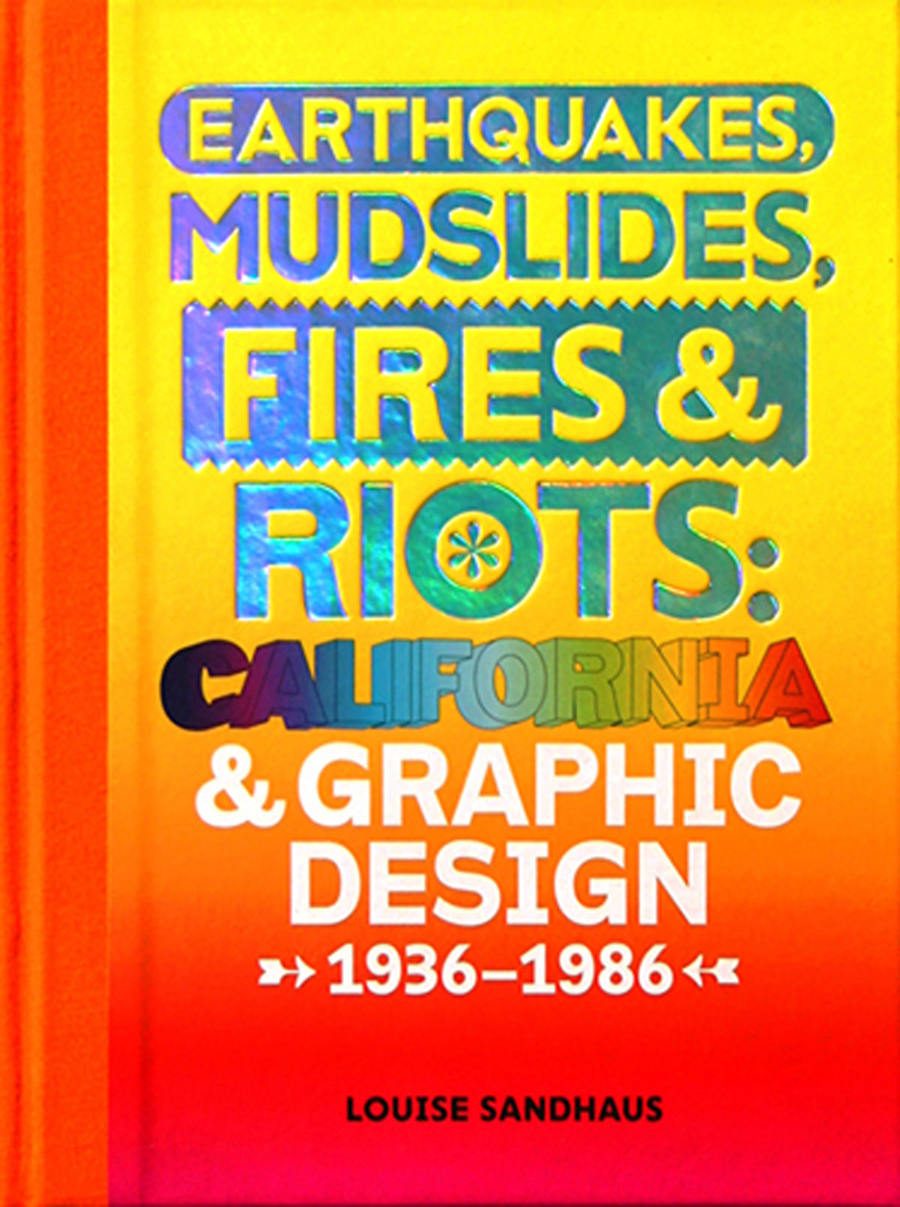
EARTHQUAKES, MUDSLIDES, FIRES & RIOTS
Louise Sandhaus | Metropolis
California has always been known for its counterculture lifestyle, music, and art. When it comes to graphic design, the Golden State is no different. However, it wasn’t until Sandhaus’ Earthquakes, Mudslides, Fires & Riots that California was uniquely recognized for its innovative and eclectic contributions to the canon of graphic design. Sandhaus claims that what makes California art and design so unique are the natural disasters inherent to the land. These disasters cause “incessant change,” discourage conventionality, stability, and tradition in favor of continual rebirth, reimagining, and thus the production of continually groundbreaking work. Choosing to spotlight work from 1936-1986, Sandhaus describes her 10-year project as “a dinner party that serves only desserts.” Instead, the book is a selection of the most Californian, the most innovative, and the most classic of all the great design that Sandhaus could jam into the 415-page text.
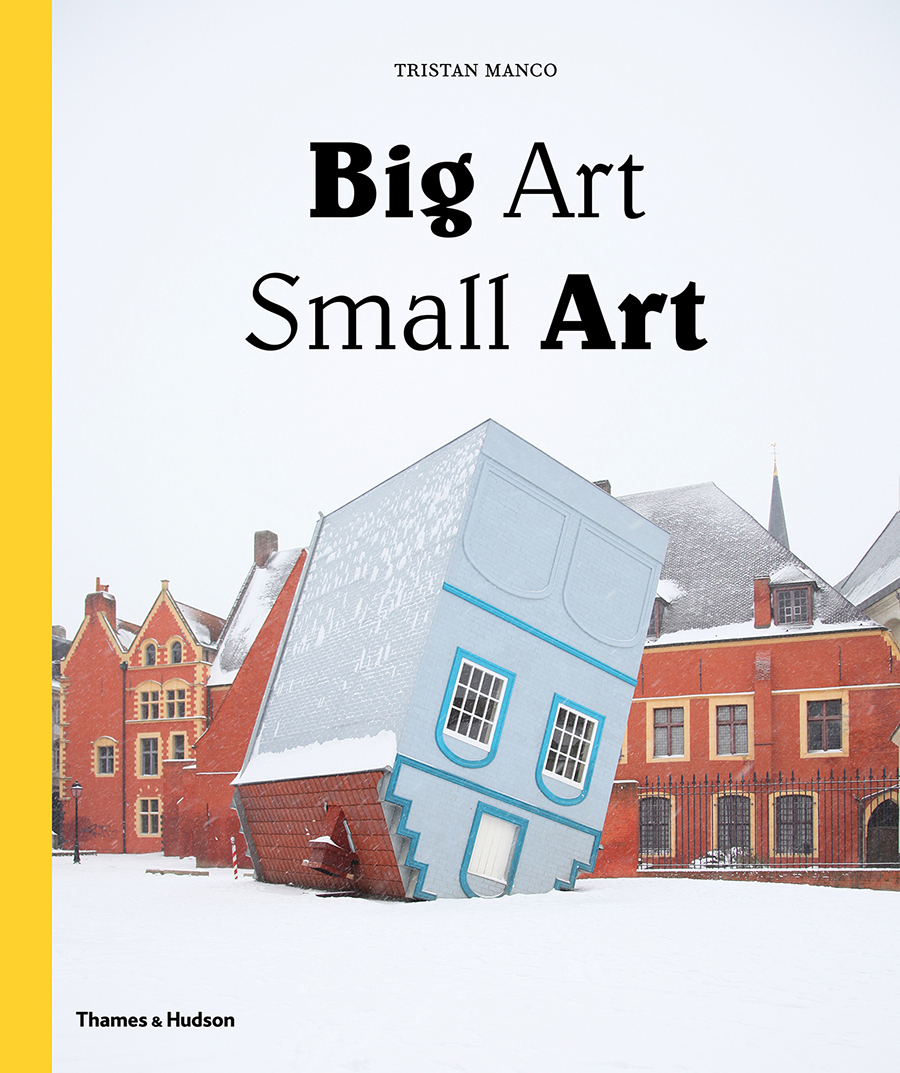
BIG ART / SMALL ART
Tristan Manco | Thames & Hudson
Big Art / Small Art is more than just a catalog of large and small works of art; it’s a statement about the value of perspective. Manco argues that both oversized and miniaturized works of art “stimulate and present us with new ways of seeing.” Big artist Leandro Erlich uses mirrors and a life-sized façade of a house to “disrupt our notion of reality,” while small artist Diem Chau sculpts her work out of familiar objects like crayons in order to create an even more “disarming effect.” Manco clusters samples for each featured artist in either the big or small category so that you can experience the awe of their work without being distracted by supplemental text.




